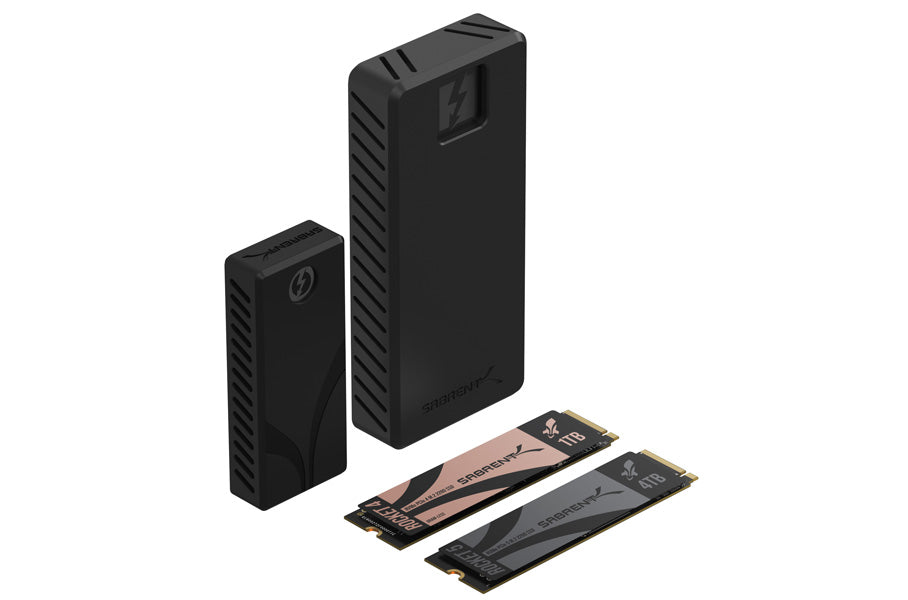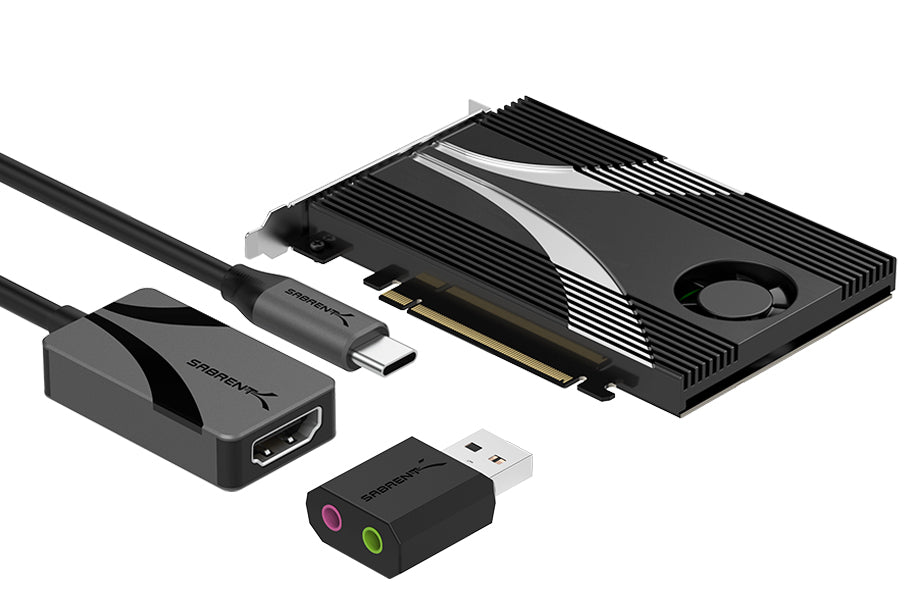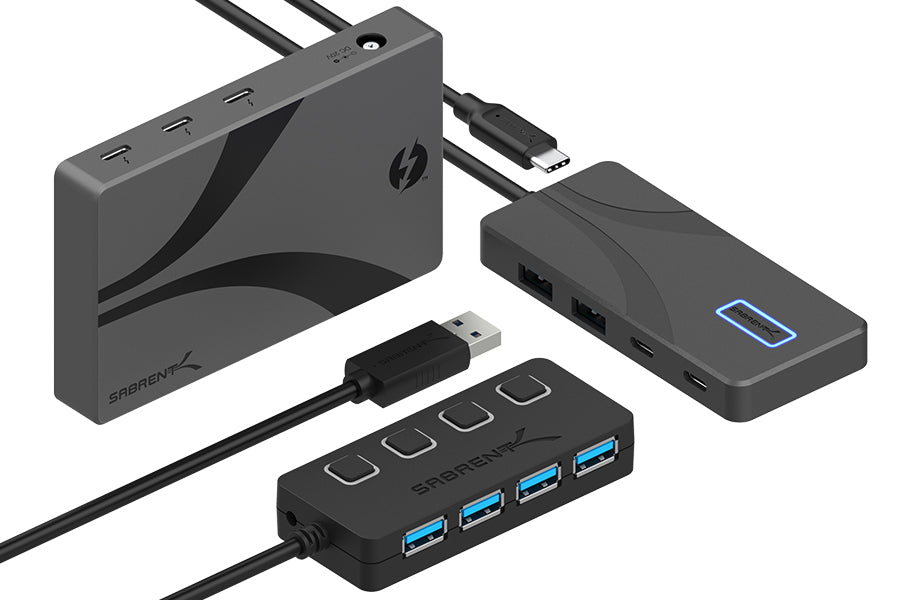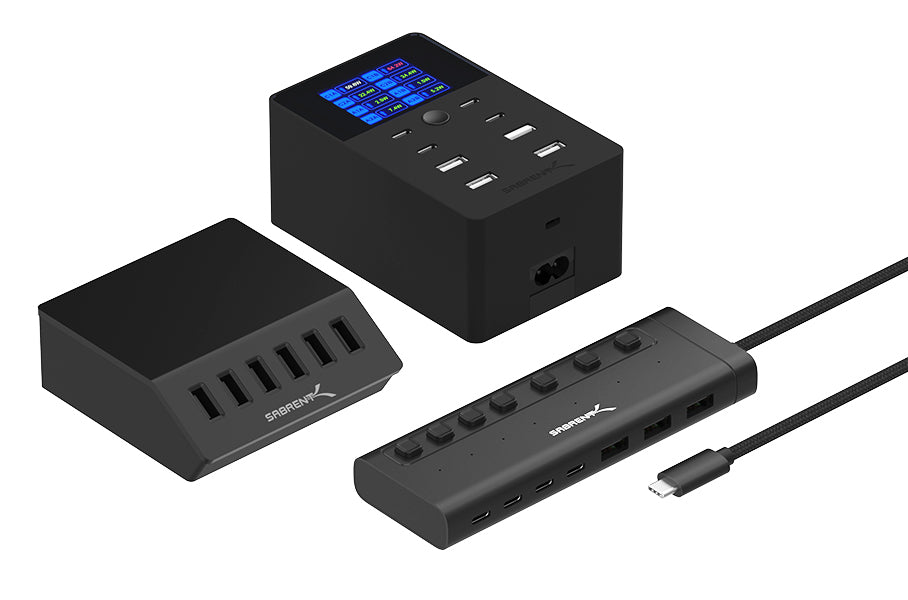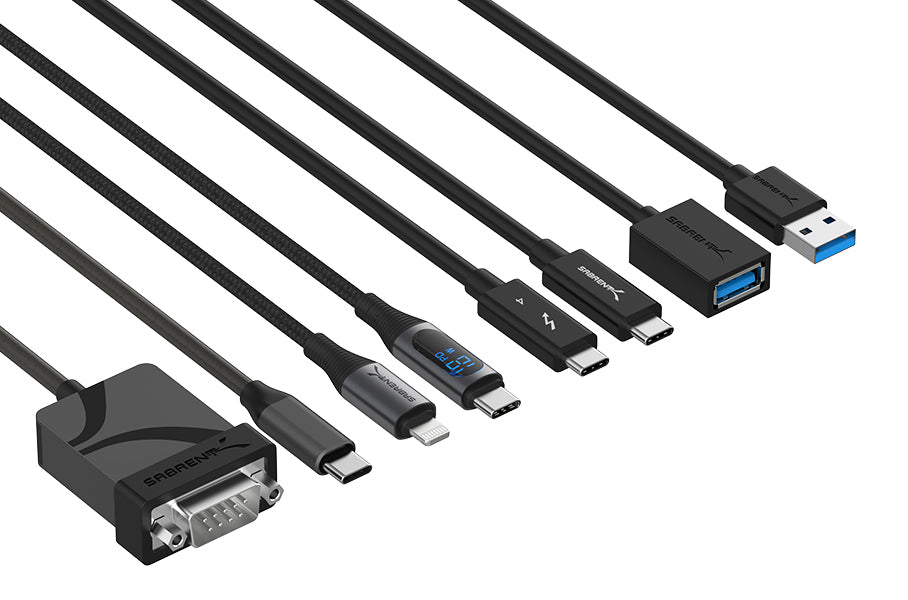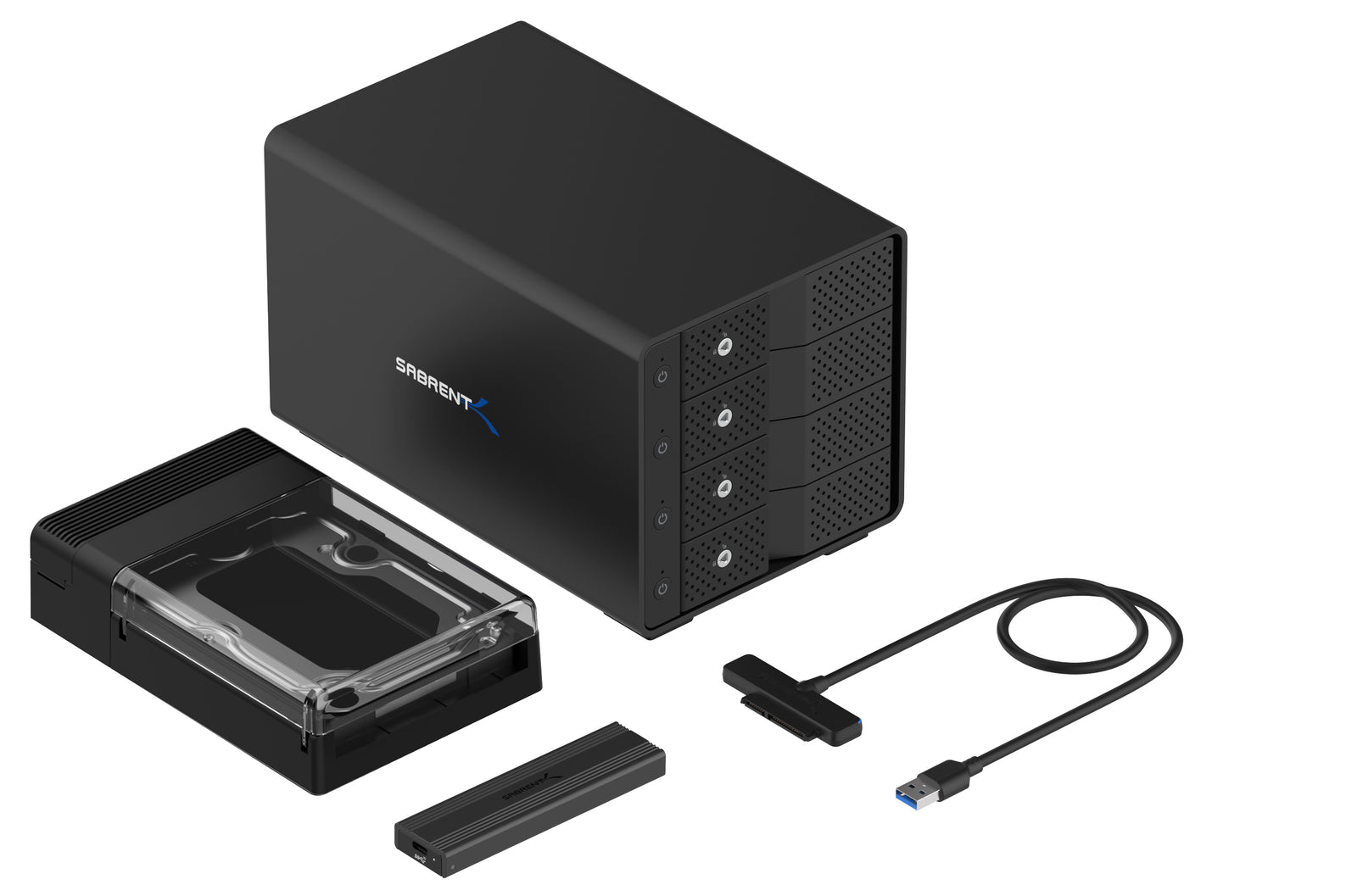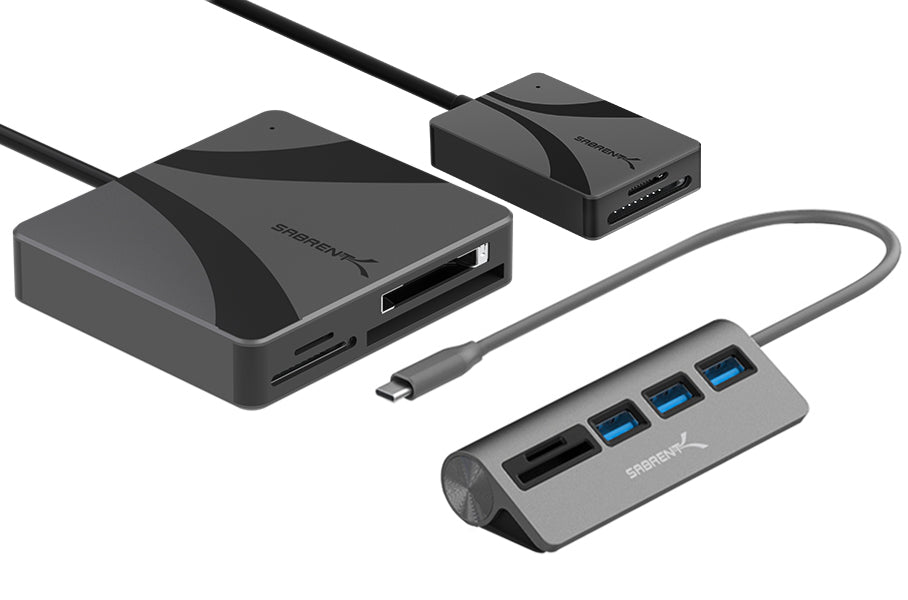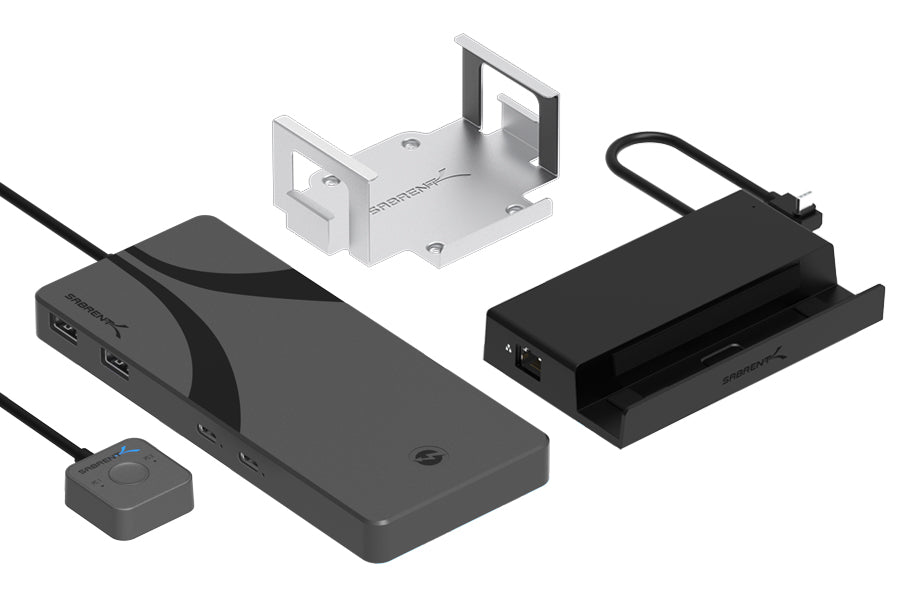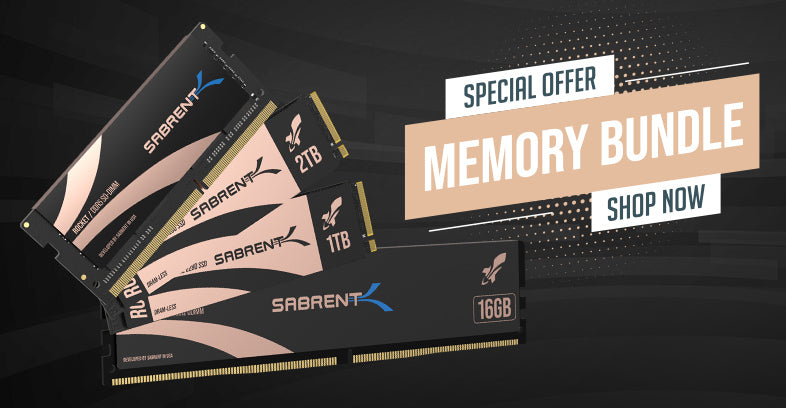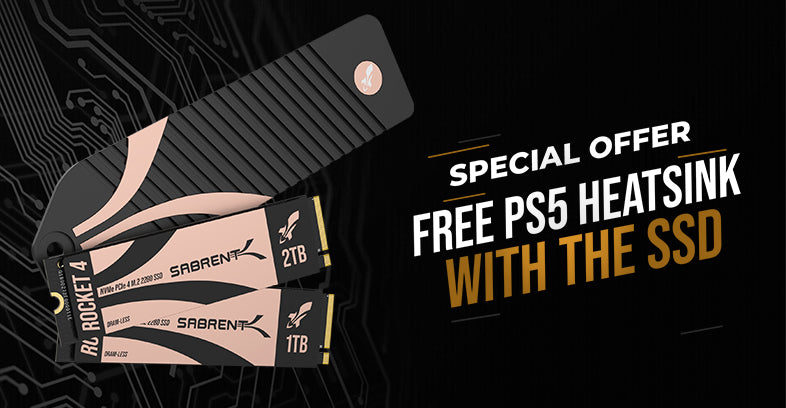The new Steam Deck OLED is now only a week away. This new model takes the base Deck and improves it in multiple ways, albeit at a cost. The original unit is still available with a 64GB/256GB/512GB internal SSD price-cut at $349/$399/$449, although once stock is through the 256GB will be the base, while the OLED comes in at 512GB for $549.00 or 1TB for $649.00. It should still be possible to upgrade to 2TB with our Rocket Q4 2230 and/or add storage with our fast microSD memory cards. Our tailor-made Steam Deck Dock also works along with many of our hubs, portable SSDs, and many other accessories. Let's see what's changed, though.
The Steam Deck OLD sports a large HDR OLED display, still at 1280x800 but a vast improvement over the LCD original and 7.4" rather than 7". The APU itself is 6nm rather than 7nm which can improve efficiency and reduce power consumption. For extra assistance, the battery has been increased from 40Whr to 50Whr, which can provide up to 50% more battery life along with the other changes. The 1TB OLED model comes with additional perks over the 512GB, including a premium anti-glare etched glass screen. Both OLED models have Wi-Fi 6E/BT 5.3 support over the old Deck's Wi-Fi 5/BT 5.0 if you need that bandwidth for online gaming.

Top view of the Steam Deck. Source: Steam (steampowered.com).
The reduction in power consumption and resizing of the screen brings other benefits, too. The screen is lighter and thinner due to the improved OLED technology which addresses some portability criticisms of the original Deck. Another issue was heat dissipation which includes the SSDs getting hot during prolonged gameplay, now assisted by the more efficient APU and reduced overall thermal profile plus a larger but quieter fan. The OLED screen also boosts nits from 400 to an amazing 1000, and overcomes the basic 60Hz refresh rate by going up to a more comfortable 90Hz that's configurable, and a better polling rate. If you're outputting in a docked mode, though, this is less important. Also improved are audio and haptics.

The new Steam Deck OLED. Source: Steam.
Also reported are improvements to the overall experience with the Deck which means a better feel and easier use of the device as a whole. A more comfortable and lighter Deck is a welcome thing as devices that came out later, like the ASUS ROG Ally and Lenovo Legion Go, felt easier to use in many cases. While not all complaints were addressed, the Steam Deck OLED has other important changes, down to a better charging cable length with faster charging, as Valve awaits the technology necessary for a Steam Deck 2. Of course, these modifications come at a cost and the Deck still doesn't reach the performance level of some of its competitors even with the minor RAM speed boost and improved efficiency in the same TDP envelope.

The Steam Deck with its handheld console-like experience. Source: Steam.
Another big complaint is based on the lack of repairability, which we understand as we sell SSDs to upgrade the Deck and other portable gaming consoles, not to mention tons of other accessories. Valve has made it a priority to offer internal parts for easier replacement. We understand power users want to get the most out of their Decks, which includes more control and more information. Valve has addressed this with several SteamOS updates, and other software improvements mean a better experience through faster feedback and transitions. The overall impact is that the Steam Deck OLED is an improvement to the whole experience and is probably the way to go for gamers new and old, although on a budget the original 256GB is still a great deal if you want to get your feet wet.
Thumbnail courtesy Steam. For a full rundown, see Digital Foundry's YouTube video.

